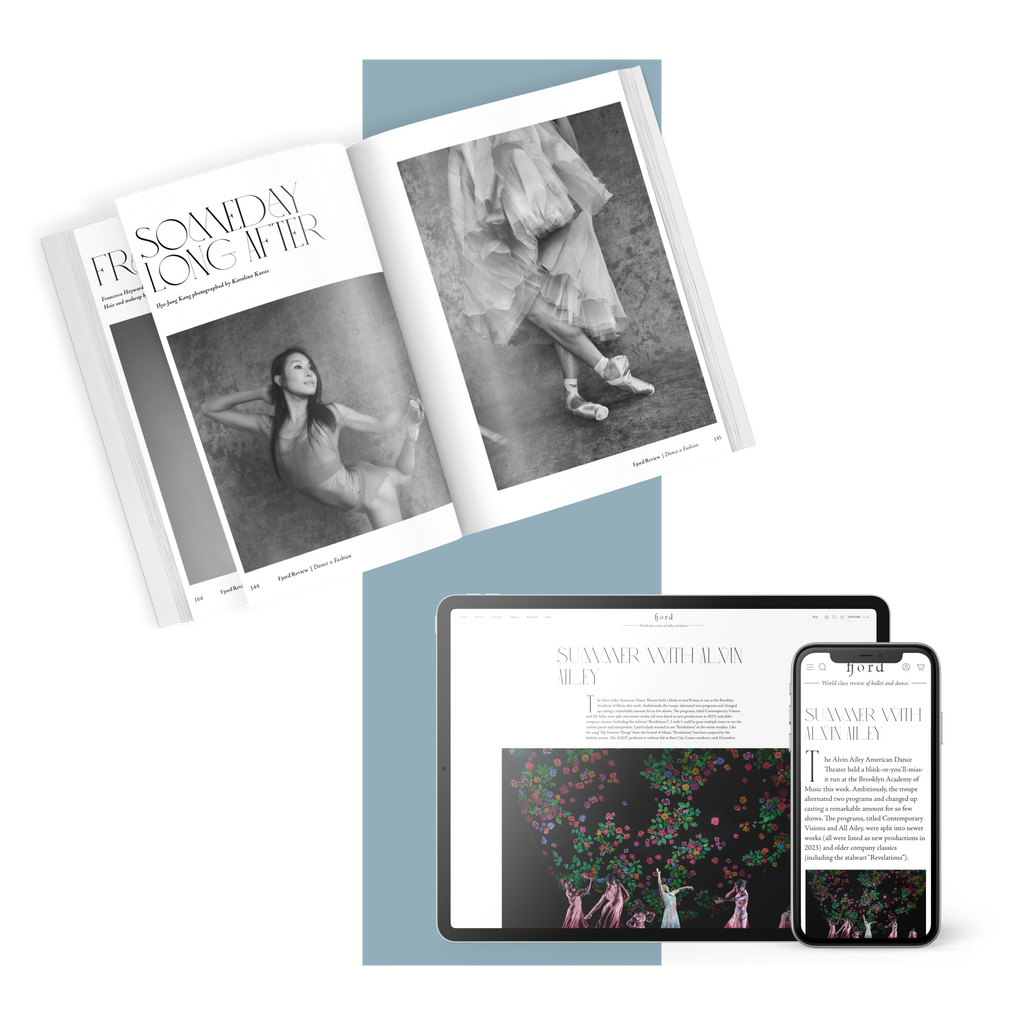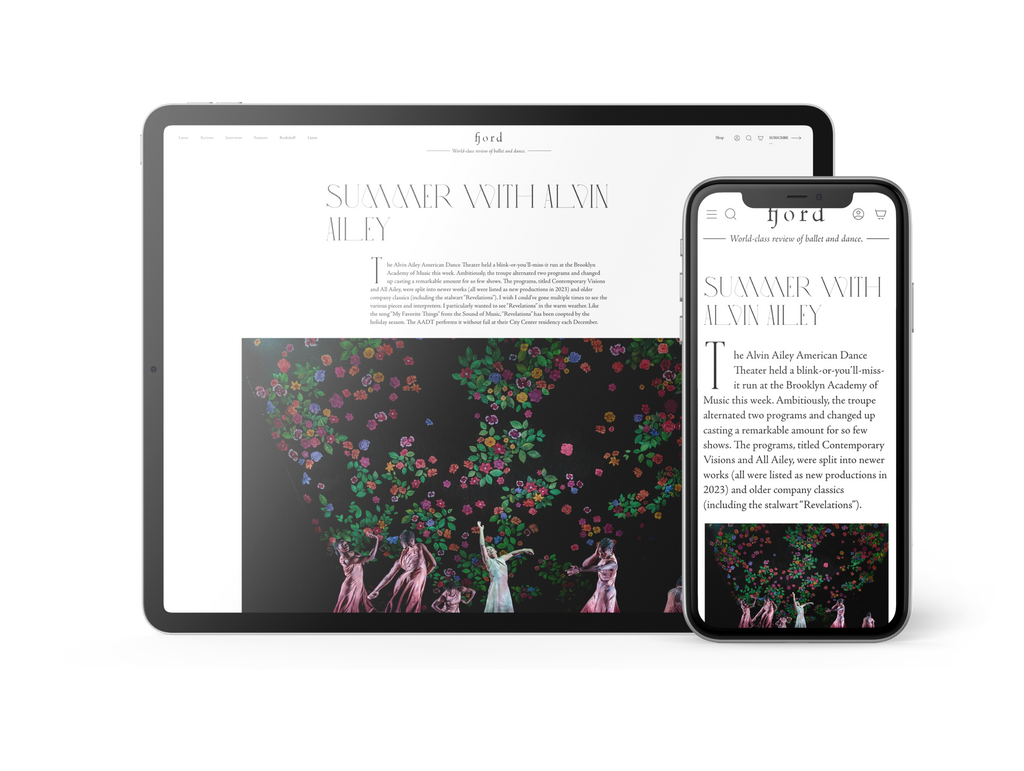Talent Time
It’s “Nutcracker” season at San Francisco Ballet—36 performances packed into three weeks—which means that the company is currently serving two distinct audiences.
Continue Reading
World-class review of ballet and dance.
How did you dance as a child in your bedroom? Before any kind of training, or the fumbling awkwardness of adolescence, I mean? In a series of wild routines, Katherina Radeva captures the feeling of dancing from when we were kids, governed by little more than energy, instinct and unabashed, uninhibited joy. It is this evocative spirit that permeates through her beautiful show, “40/40,” interrogating the spaces that women in middle-age take up. Our bodies, often sidelined, dismissed or ignored for more youthful figures in society, are repositories of life, love, complex emotions and boundaries, and we can only move forward as with time, one foot in front of the other. Radeva is a fearless, free, yet wise presence.
Performance
Place
Words

Katherina Radeva's “40/40.” Photograph by Beth Chalmers


“Uncommonly intelligent, substantial coverage.”
Your weekly source for world-class dance reviews, interviews, articles, and more.
Already a paid subscriber? Login
It’s “Nutcracker” season at San Francisco Ballet—36 performances packed into three weeks—which means that the company is currently serving two distinct audiences.
Continue ReadingLast week I caught up with choreographer Pam Tanowitz and Opera Philadelphia’s current general director and president, countertenor Anthony Roth Costanzo to talk about “The Seasons,” the company’s latest production premiering at the Kimmel Center’s 600-plus seat Perelman Theater on December 19.
Continue ReadingIf Notre-Dame remains one of the enduring symbols of Paris, standing at the city’s heart in all its beauty, much of the credit belongs to Victor Hugo.
Continue ReadingWhen dancer and choreographer Marla Phelan was a kid, she wanted to be an astronaut. “I always loved science and astronomy,” Phelan said.
Continue Reading
comments